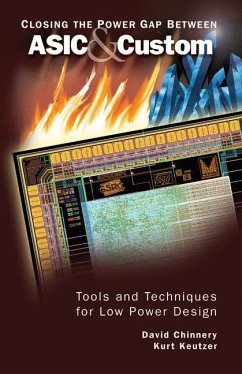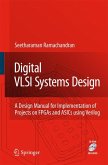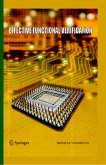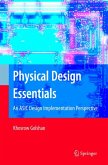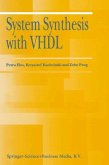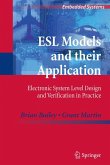This book carefully details design tools and techniques for realizing low power and energy efficiency in a highly productive design methodology.
Important topics include: - Microarchitectural techniques to reduce energy per operation - Power reduction with timing slack from pipelining - Analysis of the benefits of using multiple supply and threshold voltages - Placement techniques for multiple supply voltages - Verification for multiple voltage domains - Improved algorithms for gate sizing, and assignment of supply and threshold voltages - Power gating design automation to reduce leakage - Relationships among statistical timing, power analysis, and parametric yield optimization
Design examples illustrate that these techniques can improve energy efficiency by two to three times.
Important topics include: - Microarchitectural techniques to reduce energy per operation - Power reduction with timing slack from pipelining - Analysis of the benefits of using multiple supply and threshold voltages - Placement techniques for multiple supply voltages - Verification for multiple voltage domains - Improved algorithms for gate sizing, and assignment of supply and threshold voltages - Power gating design automation to reduce leakage - Relationships among statistical timing, power analysis, and parametric yield optimization
Design examples illustrate that these techniques can improve energy efficiency by two to three times.
Dieser Download kann aus rechtlichen Gründen nur mit Rechnungsadresse in A, B, BG, CY, CZ, D, DK, EW, E, FIN, F, GR, HR, H, IRL, I, LT, L, LR, M, NL, PL, P, R, S, SLO, SK ausgeliefert werden.

